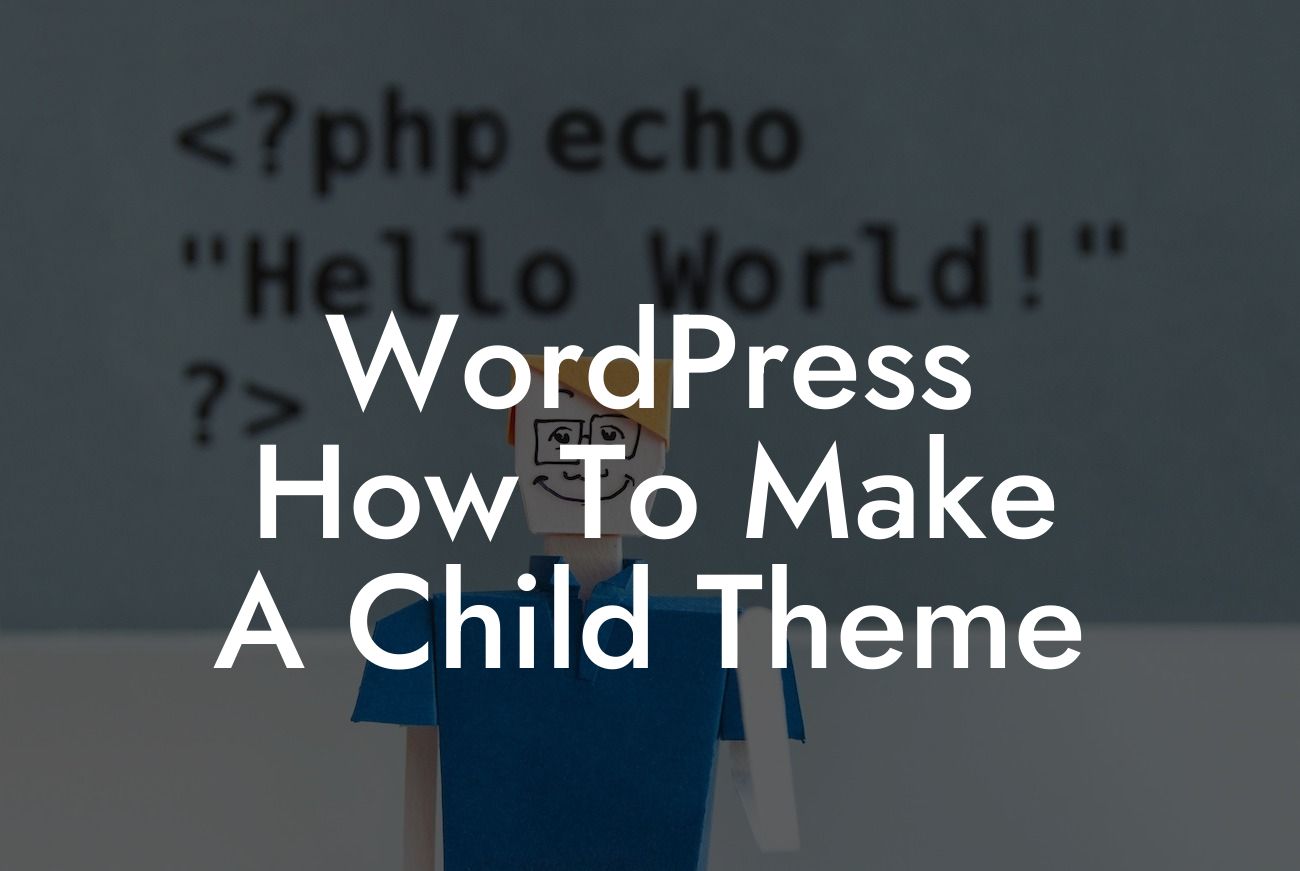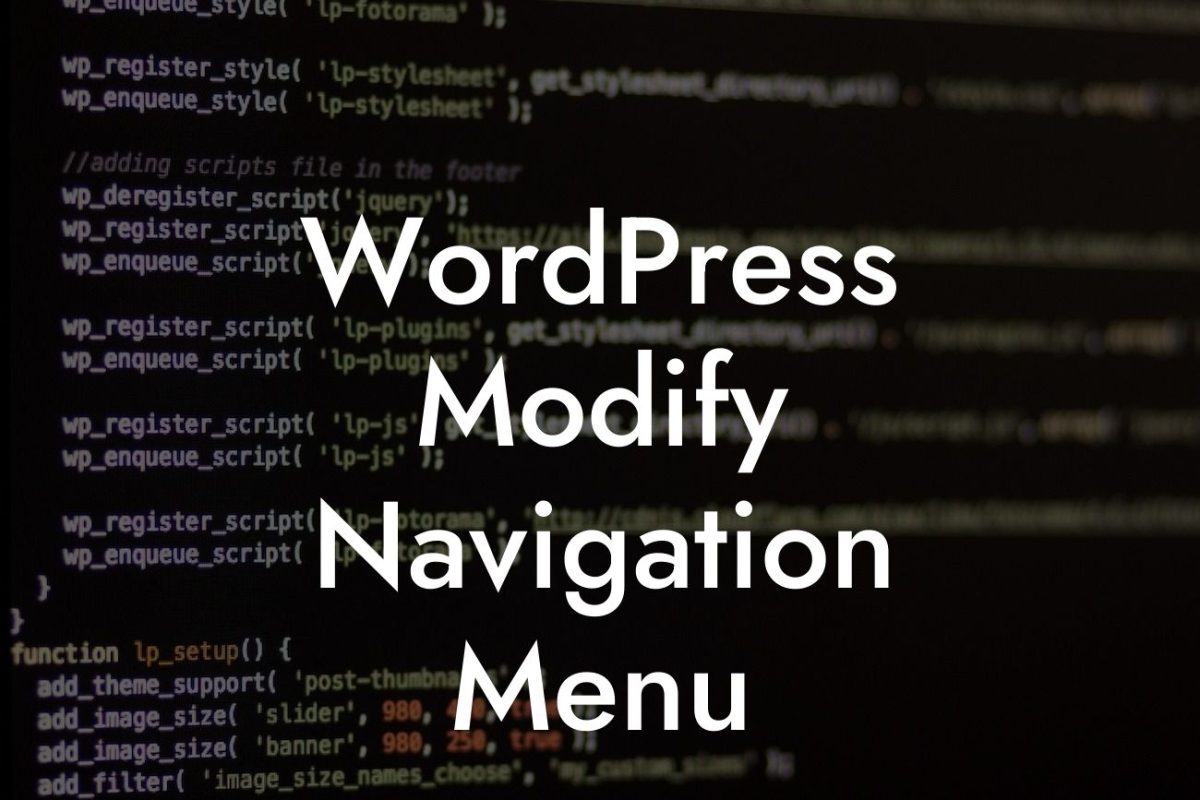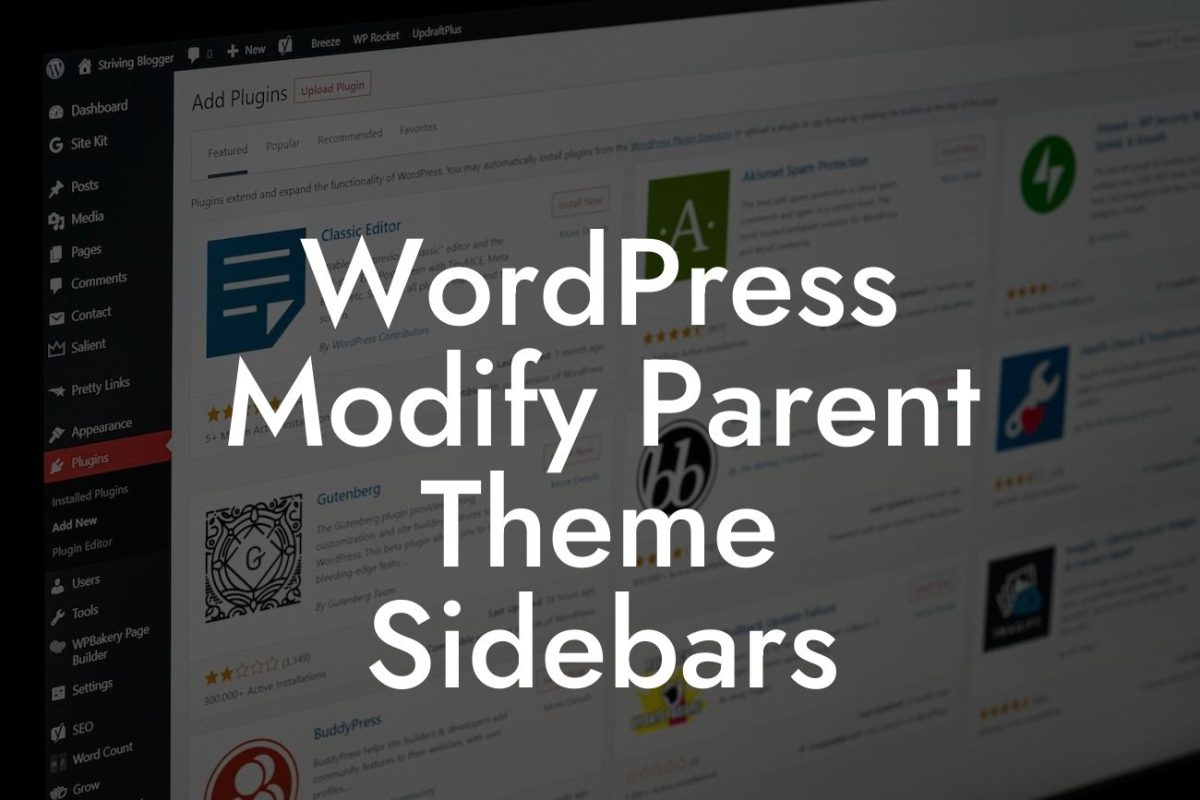One of the greatest advantages of using WordPress for your website is the extensive range of customization options it offers. However, making changes directly to your theme's files can be risky, as your modifications may be lost when the theme gets updated. That's where child themes come to your rescue! In this article, we will guide you through the process of creating a child theme in WordPress. By the end, you'll be able to make customizations without worrying about losing them during updates. So, let's dive in!
Creating a child theme is a simple yet powerful technique that allows you to make customizations to your website's appearance and functionality while preserving the integrity of the parent theme. Follow these steps to create your own child theme:
1. Find the parent theme: Begin by identifying the parent theme of your WordPress website. It's typically located in the "wp-content/themes" directory. Ensure that the parent theme is already installed and activated on your website.
2. Create a new folder: In your WordPress themes directory, create a new folder for your child theme. Give it a unique and descriptive name. For example, if your parent theme is called "AwesomeTheme," your child theme folder could be named "AwesomeTheme-child."
3. Set up the style.css file: Inside your child theme folder, create a new file named "style.css." This file is crucial for defining the child theme and its relationship with the parent theme. Open the file in a text editor and add the following code:
Looking For a Custom QuickBook Integration?
/*
Theme Name: AwesomeTheme Child
Theme URI: http://example.com/awesome-theme-child/
Description: Child theme for AwesomeTheme
Author: Your Name
Author URI: http://example.com
Template: AwesomeTheme
Version: 1.0.0
*/
Replace the "Template" value with the directory name of the parent theme. Save the file once you're done.
4. Enqueue the parent and child theme stylesheets: Open the "functions.php" file within your child theme folder and add the following code:
```php
```
This code ensures that both the parent and child theme stylesheets are loaded properly. Save the file afterward.
5. Customize your child theme: Now it's time to add your customizations! You can modify any aspect of your website within the child theme. To override a specific file from the parent theme, create a new file with the same name and path in your child theme folder. WordPress will prioritize the child theme files over the parent theme files.
Wordpress How To Make A Child Theme Example:
Let's say you want to change the background color of your website. Locate the "style.css" file in your child theme folder and add the following CSS:
```css
body {
background-color: #f2f2f2;
}
```
Save the file, and voila! Your website now has a new background color, without affecting the original parent theme files.
Congratulations! You have successfully created your own child theme in WordPress. Now you can confidently make customizations to your website, knowing that they won't be lost during updates. Don't forget to explore other helpful guides on DamnWoo and try our awesome WordPress plugins to further enhance your online presence. If you found this article valuable, please share it with others who might benefit from it. Happy customizing!













